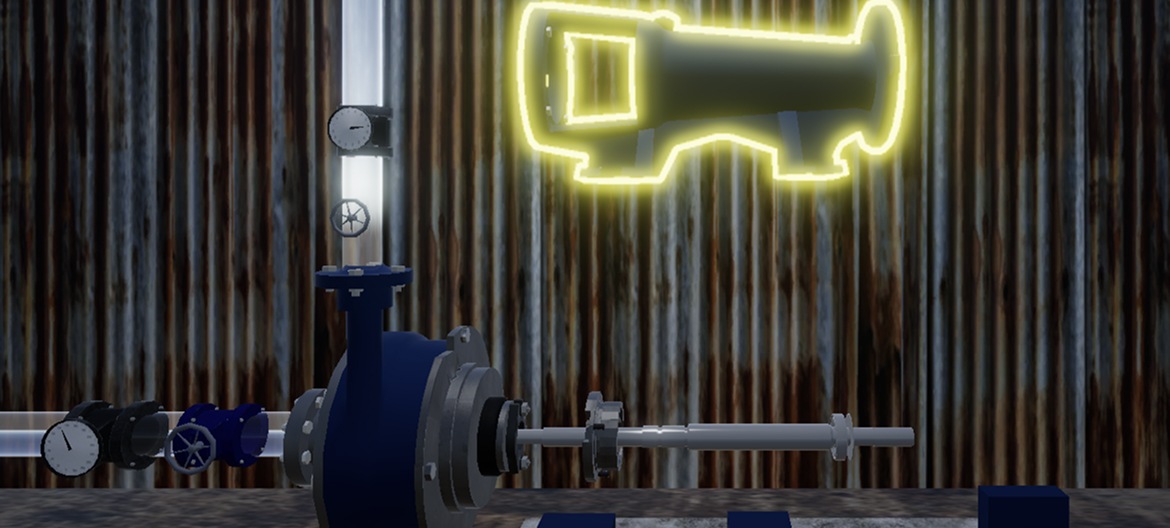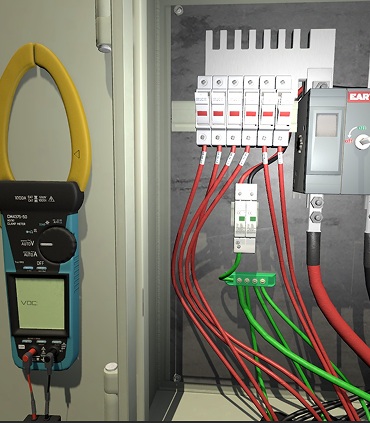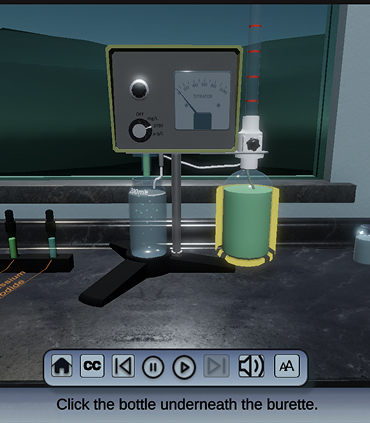5332 Hillandale Rd, Davenport IA
Measuring Voltage on Photovoltaic Solar Arrays

5332 Hillandale Rd, Davenport IA

Industrial Safety
Download Here
Play Here
Training Simulation
The effluent water pump is a keystone of wastewater facilities--and if wastewater technicials do not main them properly, or understand their their mechanics well, they can wind up damaging extremely expensive equipment and exposing themselves and others to toxic contaminants. Here, trainees will gain an understanding of the basic parts of a water pump by slowly assembling one, and learning about the importance and dynamics of each part. This immersive guidance will help better retain crucial information about these machines that might easily be glossed over by consulting technical manuals alone, and make their real-world encounter with them inside a wastewater facility a familiar, practiced affair, long before they visit.
A product of the National Science Foundation and the Water INTENsE project, this virtual experience is designed to benefit the wastewater management industry as a whole, by providing resources to ensure its workforce is more ready, better trained, and more effective at what they do--regardless of whether they have a water pump sitting around to practice with, or not.

Hands-on virtual assembly provides comprehensive understanding of water pump components and mechanics without risk to expensive equipment
Immersive step-by-step learning experience significantly enhances information retention compared to traditional technical manual study
Safely familiarizes trainees with potentially hazardous equipment, reducing risk of toxic contaminant exposure during actual facility operations
Creates practical experience and confidence with critical infrastructure before real-world encounters, improving workplace safety and maintenance outcomes
Being able to practice key skills required by the solar industry, like proper voltage measurement, in a repeatable, immersive, and safe environment makes for better-prepared technicians and engineers, and speeds up the training process, so that human trainers have more time to spend on other tasks



